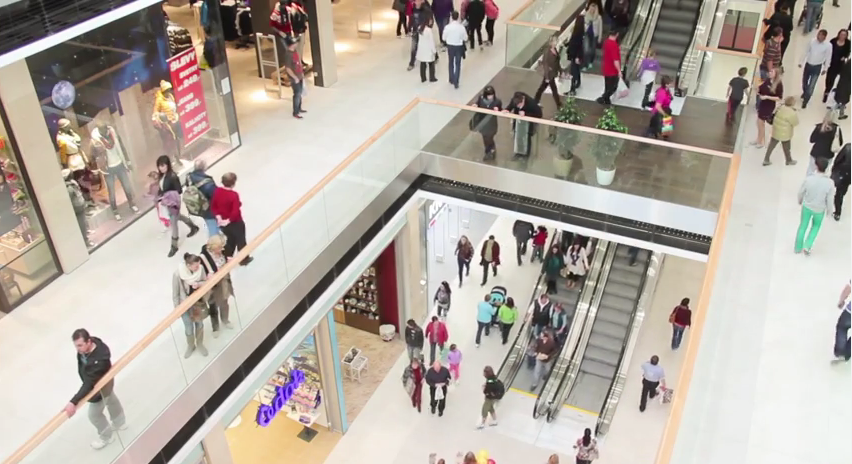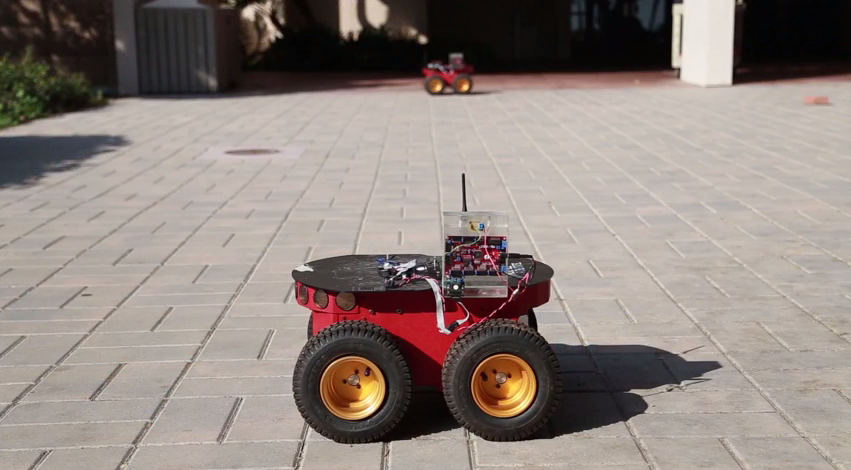A team of researchers in UC Santa Barbara professor Yasamin Mostofi’s lab have proven that WiFi signals can be used for more than just providing Internet access, they can actually be used to count the total number of people in a given space.

“Our approach can estimate the number of people walking in an area, based on only the received power measurements of a WiFi link,” said Mostofi, a professor of electrical and computer engineering.
He explained that his group’s solution did not require people carry around WiFi-enabled devices for them to be counted. Rather, to achieve this people-counting feat, the team placed two WiFi cards at opposite ends of a target area (approximately 70 square meters) and by using only the received power measurements of the link between the two cards, they were able to estimate the number of people walking in that area.

So far, tests have been conducted with up to and including nine people in both indoor and outdoor settings.
“This is about counting walking people, which is very challenging,” said Mostofi. “Counting this many people in such a small area with only WiFi power measurements of one link is a hard problem, and the main motivation for this work.”
This method of counting relies largely on the changes of the received wireless signal. You see, people being in a given space weakens the signal as it hampers the direct line of sight between the WiFi cards; human bodies cause the signal to instead scatter, which results in something called multi-path fading. The team was able to develop a mathematical framework based on these two phenomena, and in turn propose a solution for estimating the number of people walking in the space itself.
Beyond the obvious impressiveness of having discovered a new use for something so ubiquitous, this technology could serve several different purposes. Most notably, it could be used estimate the number of people in a space within a home or office building so air conditioning and heating systems can be adjusted according to the level of occupancy.
“Stores can benefit from counting the number of shoppers for better business planning,” Mostofi added.
Additionally, search-and-rescue operations could benefit from this technology, as it would allow emergency response personnel to detect how many people are in a particularly difficult-to-reach space.
The group’s findings are scheduled for publication in the Institute of Electrical and Electronics Engineers Journal on selected areas in Communications' special issue on location-awareness for radios and networks.
You can read more about the research the group is working on via their project page, and by checking out the video below:
Advertisement
Learn more about Electronic Products Magazine





